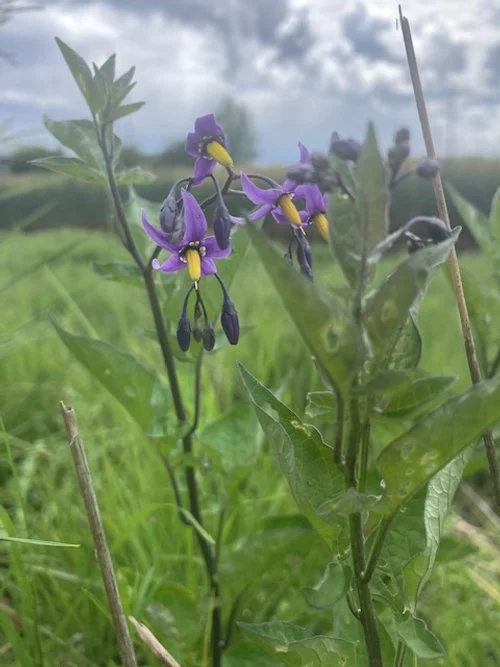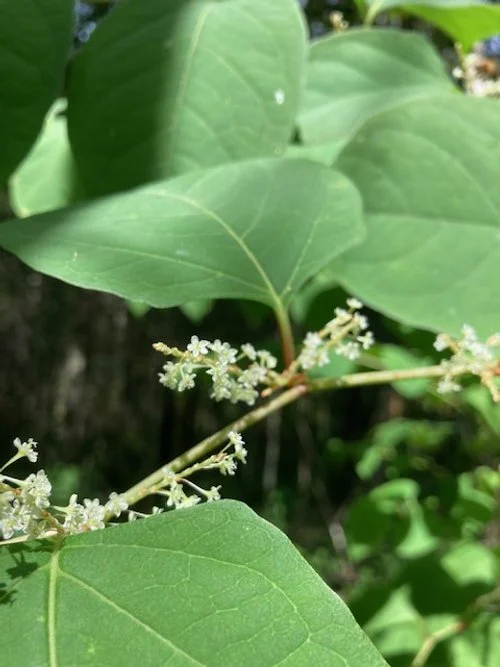What is a ‘Weed’?
Years ago, someone asked me what makes a plant species a weed.
I thought this was a great, simple question with a complex answer.
A quick google will tell you a weed is “a plant considered undesirable in a particular setting”, but what does that mean? That answer leaves a great deal of room for subjectivity.
When it comes to an environmental context, there are often government and/or private organizations that help to identify “harmful, poisonous or very unpleasant” (aka noxious) weeds. These organizations in our area are the Washington State Noxious Weed Control Board, and our local county weed boards, among others.
Weeds in our landscape vary in their importance and their degree of nuisance. Generally, weeds are particularly good competitors in their undesirable setting. They will out-compete other, desirable plants through mass reproduction, increased seed viability (some seeds last 2 years in soil, while others can last 60 years), and other various methods.
Plants considered “weeds” of concern will also generally have specific qualities of concern. One interesting quality a plant may possess is called allelopathy; which is a competitive ability to alter soil chemistry. By this adaptation, a plant may inhibit other species growth nearby. Toxicity in plants may also be targeted toward animals—harming humans or wildlife if eaten or touched.
Some weeds produce highly flammable oils that can exacerbate wildfire. Many weeds also use up more water than other plants in a surrounding area, contributing to their competitiveness during drought, or sending precious water into the air instead of storing it, and decreasing the survival of other, desirable plants.
Last but not least, some “weeds” are so competitive that they may alter entire landscapes over time. This means not only a change in plant communities, but a change in the insect and animal community that browses on those host plants.
Invasive plant control is aimed at preserving ecosystems through targeting the base of the local food chain. Combating invasive plant species is most effective when caught early in the process of a community shift; when the invasive species is still small in number. Therefore, if you notice a new species in your landscape, it’s best to do some research on it, or ask a knowledgeable source to identify it. Consult expert opinions—like those of weed boards—to determine the level of concern and/or the best way to manage its removal or suppression. Use a system of integrated pest management—a combination of mechanical, cultural, chemical, and biological—to pursue your desired goals.
Finally, plants can be fickle foe, and it’s best to combat them the in the most targeted way, on the first attempt. Be proactive, and you can do your part to defend the health of your own ecological community!



